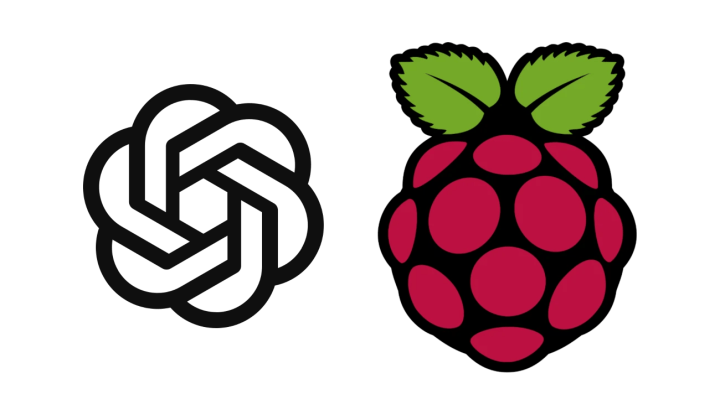Raspberry Pi Interacting with OpenAI Programmatically
January 24, 2023
on
on
The New Kids Are Making a Splash
Artificial intelligence has been around for many decades as a concept, and has been working behind the scenes in domains such as deciding which ads to show you, suggestions on what to stream next on Netflix, and delivering the most relevant search results. AI interacting directly with humans was limited to areas such as trouncing the world’s chess champion in 1997, or getting a home assistant to understand which light it is that you want turned off — a far cry from Kurzweil’s singularity.However, with artificial intelligence having made significant inroads into providing services directly to consumers in the last year, we’ve reached an almost-scary critical mass at which it seems like the majority of “thinking” jobs in the service economy will be taken over by “them.” Translators, copywriters, and illustrators are already seeing a decline in prospects. Getty Images has banned the upload of AI-generated images citing legal challenges.”
An image of Getty Images from Getty Images that was not generated by AI (as far as we know) — embed courtesy Getty Images
An image of Getty Images from Getty Images that was not generated by AI (as far as we know) — embed courtesy Getty Images.
Even programmers are using it to slap useful code together in seconds.
Stay Ahead of The Curve
What to do when faced with a new Industrial Revolution? Well, some might put blinkers on and continue to hand-craft those fine brass spittoons and chained pocket watches and hope for the best, but, when last did you buy a buggy whip? The only choice is to embrace the future and stay ahead of the curve, just like Giusseppe Cassiba of peppe8o does.— Giuseppe Cassibba (@peppecassibba) January 13, 2023

The API offers access to the four different AI models, which come with different levels of sophistication (and cost), and Cassiba shows you how to do the familiar setup of signing up, getting the API key, authenticating, etc., after which you are ready to install the necessaries on your Raspberry Pi.
He suggests adding a Raspberry Pi and high-speed microSD card to your shopping list, but, let’s face it, you had those long ago, right?
The actual installation is as simple as installing python3-pip (which you may already have) and then throwing in a pip3 install openai. There are a couple of nigglies to take care of in the .bashrc file, but they’re very minor.
After that, voila! You are executing ChatGPT instructions from the command line using simple Python scripts.
Cassibba goes on to discuss the different bots’ levels of sophistication and compare the costs of each, and, eventually, even shows how to generate AI images!
His tutorial is well worth a read if you’re just beginning your journey into understanding what this AI explosion is all about, and how to interact with it programmatically.
If you come up with any mind-blowing ways to leverage this advantage, let us know in the comments below!
Read full article
Hide full article


Discussion (0 comments)